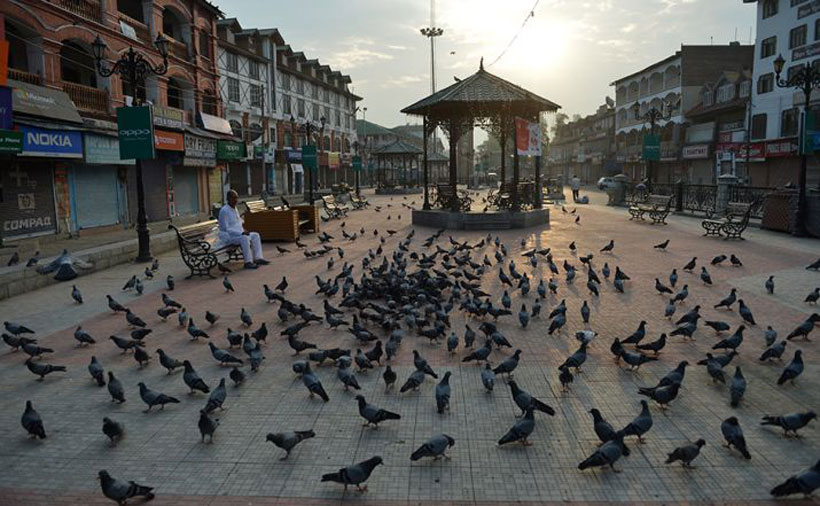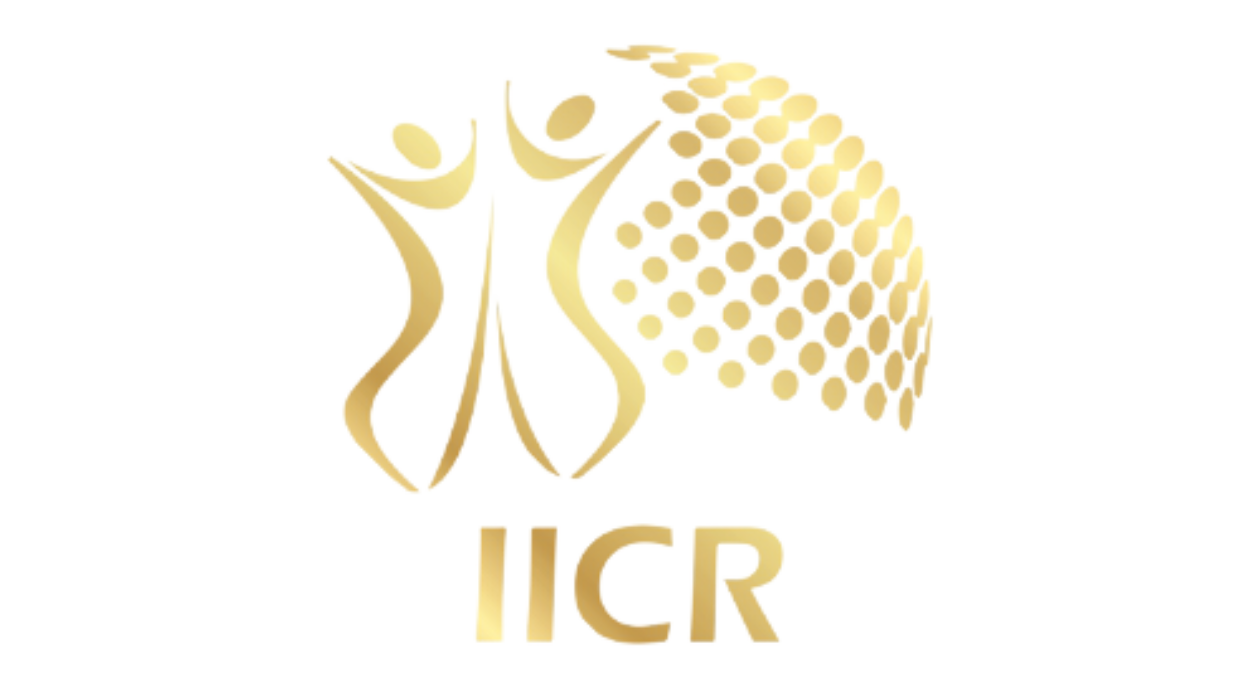
Jammu Massacre: More Than a Historical Retrospect
When I read in September that Mr. Gopalaswamy Ayyangar, a very able and reputedly anti-muslim Madrasi Brahmin who was the Prime Minister of Kashmir from 1937 – 1943, had been made Minister without portfolio in the new Indian Cabinet, I said to our editorial conference in Calcutta: “That really does look as if India’s up to something at Srinagar” Ian Stephen (Horned Moon)
Autumn of 1947 will remain a wretched period of horrifying episodes in the subcontinent’s post-partition era. One such evening was of late October 1947 – the forced accession of Jammu & Kashmir to India which led to the bloodbath in Jammu – a densely Muslim populated area with a Hindu ruler Maharaja Hari Singh.
Muslims constituted 60 percent of the total population of Jammu and were systematically quelled. M.S. Golwalkar Chief Architect of Rashtriya Swayamsevak Sangh (RSS), planned to exterminate Muslims with the assistance of the Indian state.
Horace Alexander (The Spectator, Jan 16 1948) writes that the killings had “the tacit consent of State authority”, which resulted in manslaughters of more than half a million Muslims. It was then when humanity suffered at the hands of RSS which continues till today. Similarly, Ian Stephen (Horned Moon, 1953) writes that “in autumn 1947, almost the whole Muslim population, amounting to several hundred thousand, had been slaughtered or fled.”
Along with the RSS assailants, the forces from Patiala Punjab were called in to plan the whole butchery and slay Muslims. Historians accounts that this calamitous period of late October – November 1947 was part of “state sponsored ethnic cleansing” – to draw out demographic changes in Jammu. The Dogra Army forcibly banished the Muslims and carried out days long carnage against Muslims of Jammu.
Some Muslim families managed to reach different parts of West Punjab (Pakistan) and Muzaffarabad (Pakistan Administered Kashmir), while others were brutally killed by Sikhs and Hindus.
“About the middle of October, however, on top of the continuing reports of strife in Poonch, reports started coming of trouble further East in Kashmir State, around Jammu. The Muslims there, whose majority was less, were said to be in flight, having been terrorized and in places cut up by Sikhs and Hindus, at the instigation of the Maharajah’s officials,” Ian Stephen, (Horned Moon, 1953).
This ignited the fire that British administrative was well aware of – a war between the two newly born countries. The colonial mindset was not at all contented with the partition and left many unfinished businesses.
From the partition plan to resource distribution – every matter was wrought in favour of Hindus. Even Britain’s were sure that this partition would not last for years, and eventually, the divided sub-continent would be united soon. The haste partition plan is real evidence of Britain’s mischief.
According to Stephen (Horned Moon, 1953), “…Kashmir was very different, a State recognized to be of first-class importance, strategically and sentimentally. The whole concept of dividing the sub-continent into Hindu-majority and Muslim-majority areas, the basis of the Jun 3 Plan, seemed outraged. At a Hindu Maharajah’s choice, but with a British Governor-General’s backing, three million Muslims, in a region always considered to be vital to Pakistan if she were created, were legal to be made Indian citizens.”
According to Ian’s memorandum being a journalist, “India’s policies towards the Princely States had not been wholly ‘impeccable’, in aim or method”.
In the international arena, after Second World War, the Jammu massacre is one of the horrendous ethnic cleansing episodes. This altered the demographic structure of Jammu and Kashmir, making the Jammu massacre more than a ‘historical retrospect’.
Since, Aug 5 2019 – abrogation of Article 370 and 35-A, Indian state’s ill intentions are obvious – a state sponsored massive demographic change – a ’74 long years plan’ for manipulating the plebiscite result. The onus of these gross humanitarian crises in Jammu and Kashmir goes to the muteness of the international community and United Nations. Even the ICRC also failed to address the humanitarian issue in Indian Administered Kashmir.
“Hatred takes root in the soil of ignorance – of facts, science, and the essential human qualities that bind all people together. Our education systems can open our eyes to diversity, debate & exploration and generate respect for ‘human rights, ‘social justice, and ‘dignity for all’. Hatred is a danger to everyone – and so fighting it must be a job for everyone. António Guterres (Tweet, Oct 30, 2021) seems contrary to the UN’s attitude towards Kashmir and the people of Kashmir.
